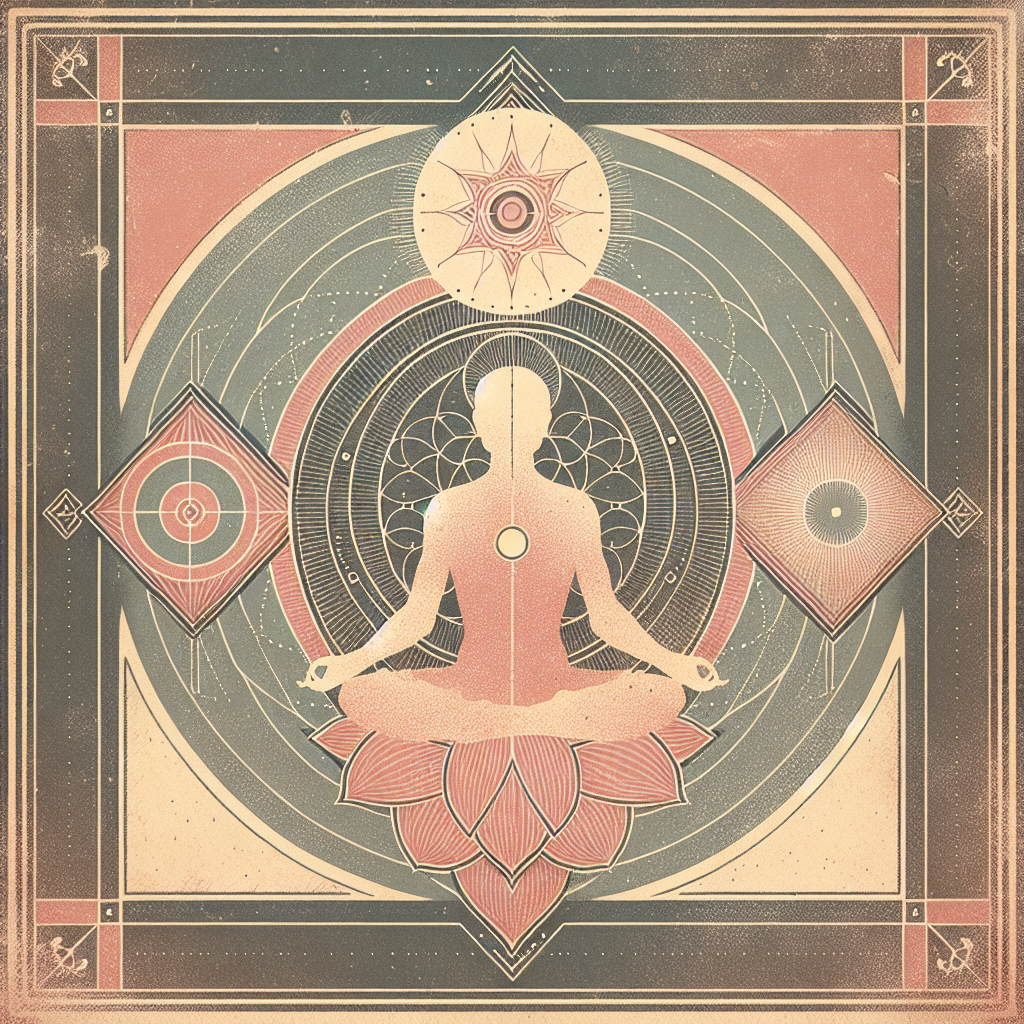
Adyashanti: A Contemporary Nondual Teacher Bridging Traditions
Introduction
Adyashanti (born Stephen Gray, 1962) is a U.S.-born, nondual-oriented spiritual teacher and author known for an ecumenical, practice-forward approach rooted in meditation and contemplative inquiry. His chosen Sanskrit name is commonly glossed as “primordial peace.” This overview situates his life and teaching within contemporary non-institutional spiritual currents, summarizes core ideas, notes published works and reception, and highlights his current status (retired from in‑person teaching, with ongoing recorded teachings). With a gentle emphasis on direct experience, his work invites a shift in consciousness, deeper connection, and practical change grounded in nonduality.
Background & Life Story
- Early life: Born in 1962 in Cupertino, California, he was an avid cyclist in youth and began intensive zen meditation practice at 19. His earlier name was Stephen (Steve) Gray.
- Training: He studied Zen for roughly 14 years with Arvis Joen Justi (a student of Taizan Maezumi) and did retreats with Jakusho Kwong at the Sonoma Mountain Zen Center.
- Awakening accounts: He reports a first major awakening experience at 25 and a further breakthrough in his early 30s; a public personal account appears in a long-form interview.
- Teaching career: With Justi’s encouragement, he began teaching in 1996. Open Gate Sangha (a nonprofit) formed to support the work, which grew into a wide program of talks, retreats, and broadcasts.
- Later years and status: Now retired from live, in‑person teaching, he resides in the Eastern Sierras. Recorded materials and occasional broadcasts continue via Open Gate Sangha.
Main Teachings & Ideas
- Orientation: Adyashanti’s approach centers on direct realization and a stripped‑down, practical path outlined in his concise manual The Way of Liberation. The aim is awakening and embodiment rather than metaphysical system-building—a sober clarity that still carries a quiet passion for truth and lived connection.
- Method: He emphasizes stillness/meditation without technique (“true meditation”), self‑inquiry, and rigorous honesty, with steady guidance on integrating realization in daily life so that insight becomes change in action.
- Post‑awakening integration: He distinguishes “non‑abiding” awakening from “abiding” enlightenment and cautions about common pitfalls after initial openings (e.g., inflation, meaninglessness, being “drunk on emptiness”).
- Interfaith/bridging sensibility: While grounded in Zen roots, he engages Christian mystical language in some works, framing his teaching as tradition‑agnostic pointing to the core of experience and shared consciousness.
- Conceptual backdrop: His emphasis on nonduality can be contextualized alongside classical Advaita Vedānta treatments (e.g., Śaṅkara), even as his style remains pragmatic rather than scholastic.

Books & Influence
- Key titles for readers:
- The Way of Liberation (2012, Open Gate Sangha; free PDF available): a concise statement of foundations, orienting ideas, and core practices.
- The End of Your World (2009, Sounds True): direct, compassionate guidance on after‑awakening challenges and integration.
- Resurrecting Jesus (2014, Sounds True): a contemplative, nondual reading of the Gospel story, presented in a way accessible to practitioners grounded in nonduality.
- Channels and reach: Decades of talks, retreats, and broadcasts have produced an extensive recorded catalog, with readership extending beyond formal Buddhist or Hindu communities.
- Context in scholarship: Academic studies of deinstitutionalized or post‑traditional Western Dharma—such as American Dharma—offer comparative frames for his audience, style, and organizational minimalism.
How They’re Viewed Today
- Supporters: Many practitioners value his clarity, accessibility, and emphasis on lived embodiment over lineage or doctrine; his frameworks are often adopted outside formal institutions.
- Scholarly framing: Researchers highlight broader shifts toward lay‑led, digitally mediated, cross‑traditional practice communities in North America; his work is a clear example of this post‑traditional trend.
- Critical discussions: Within studies of neo‑Advaita/satsang networks, scholars have raised concerns about minimal preparatory disciplines and teacher authority in some circles, including the risks of over‑relying on a single guru figure; these critiques serve as a lens for evaluating reception of nondual teachers broadly (not claims about any single figure).
- Present status: Retired from in-person teaching, his legacy continues through recordings and related programming under Open Gate Sangha; his spouse, Mukti, continues to teach.
Sources
[1] Ann Gleig, American Dharma: Buddhism Beyond Modernity, 2019. Yale University Press. Contextualizes deinstitutionalized, cross‑tradition Buddhist practice in North America relevant to Adyashanti’s audience. https://yalebooks.yale.edu/book/9780300245042/american-dharma/
[2] Philip Charles Lucas, “Neo‑Advaita in America: Three Representative Teachers,” in Homegrown Gurus: From Hinduism in America to American Hinduism, eds. Ann Gleig & Lola Williamson, 2013. SUNY Press. Scholarly framing of neo‑Advaita/satsang networks in the U.S. https://www.degruyterbrill.com/document/doi/10.1515/9781438447933/html
[3] Stanford Encyclopedia of Philosophy, “Śaṅkara,” 2021/2022 ed. Authoritative exposition of Advaita Vedānta’s nondual metaphysics for conceptual backdrop. https://plato.stanford.edu/archives/fall2022/entries/shankara/
[4] The Sun Magazine, “Who Hears This Sound? Adyashanti on Waking Up From the Dream of ‘Me’,” interview by Sy Safransky and Luc Saunders, December 2007. Primary-source biographical narrative and teaching perspective. https://www.thesunmagazine.org/articles/24229-who-hears-this-sound
[5] Open Gate Sangha, “About Adyashanti,” accessed 2025. Primary-source biography listing training, publications, organizational history, and current status. https://adyashanti.opengatesangha.org/about-adya